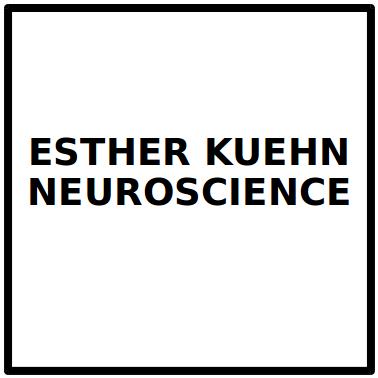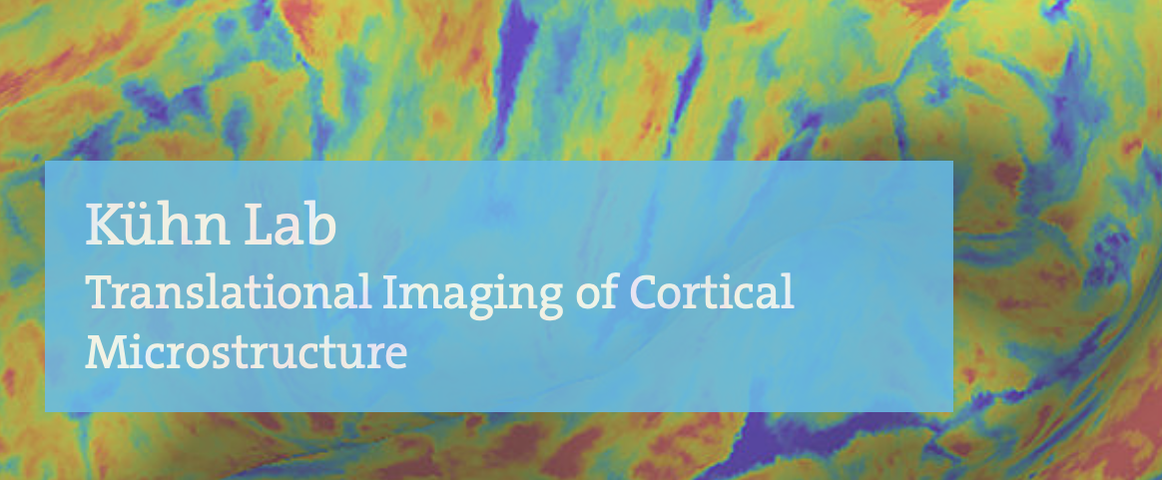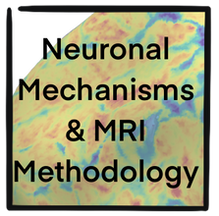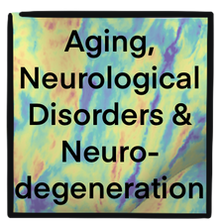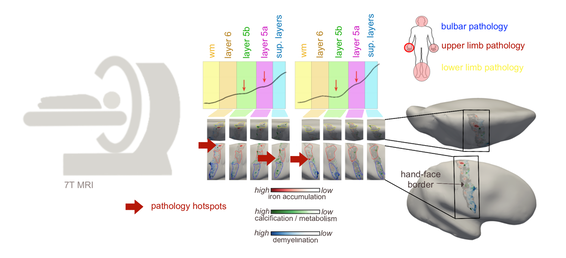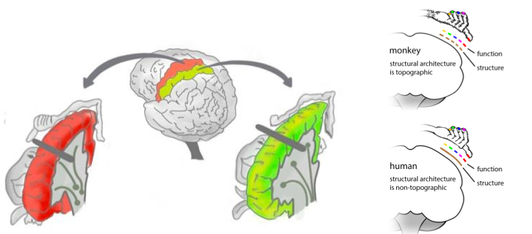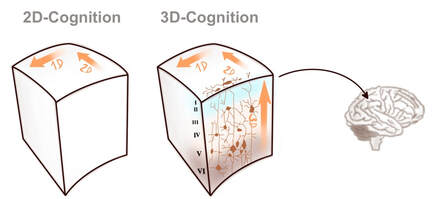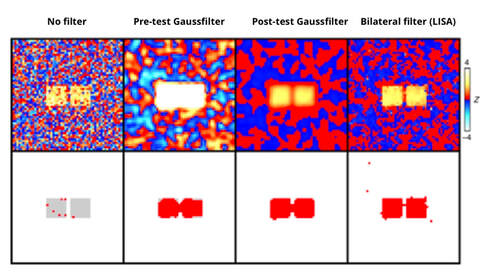My Research Group uses translational MR imaging to understand how cortical microstructure links to human brain function in health and disease. We study healthy younger and older adults, people with neurodegenerative and neurological diseases and people with mental disorders to understand the neuronal mechanisms that underlie healthy and pathological cortex architectures and their modification.
List of publications
List of publications
overview research topics
|
+++ IN THE NEWS +++
In Touch mit unseren Gefühlen - Körperpsychotherapie (Listen to Podcast via Spotify, Apple Podcast, deezer) Deutschlandfunk Nova: Körpergedächtnis - Negative Gefühle mit positiven bekämpfen MADAME: Der Körper vergisst nichts Deutschlandfunk Nova: Wie wir weniger grübeln Volksstimme: Wie Körper und Geist zusammen hängen 2021 - ein historisches Jahr für die deutsche Forschung (Blog) Wenn sich das Gehirn selbst zerstört (Blog) Warum Altern glücklich macht (Blog) Eingebrannt ins Gehirn (Blog) Die Gene sind nicht alles - Was wir gegen Alzheimer tun können (Blog) In-Mind: Das Gehirn kann nicht abschalten - Was tun? In-Mind: Posteingang(10.098) - Lesen Sie die Signale, die Ihr Körper Ihnen sendet? |
KEY-FINDING
Non-afferent topographic maps in human SI
The human primary somatosensory cortex area 3b has long been believed to code self-perceived (afferent) touch only. In a series of studies, we show using 7 Tesla fMRI that feeling touch on the hand and observing touch at another person's hand activates similar fine-grained topographic maps in area 3b, and similar inhibitory receptive field interactions during their co-activation. Topographic maps in area 3b can therefore also be triggered from non-afferent sources. Read the full Journal of Neuroscience and Brain Structure and Function papers: [link] [link]
Non-afferent topographic maps in human SI
The human primary somatosensory cortex area 3b has long been believed to code self-perceived (afferent) touch only. In a series of studies, we show using 7 Tesla fMRI that feeling touch on the hand and observing touch at another person's hand activates similar fine-grained topographic maps in area 3b, and similar inhibitory receptive field interactions during their co-activation. Topographic maps in area 3b can therefore also be triggered from non-afferent sources. Read the full Journal of Neuroscience and Brain Structure and Function papers: [link] [link]
